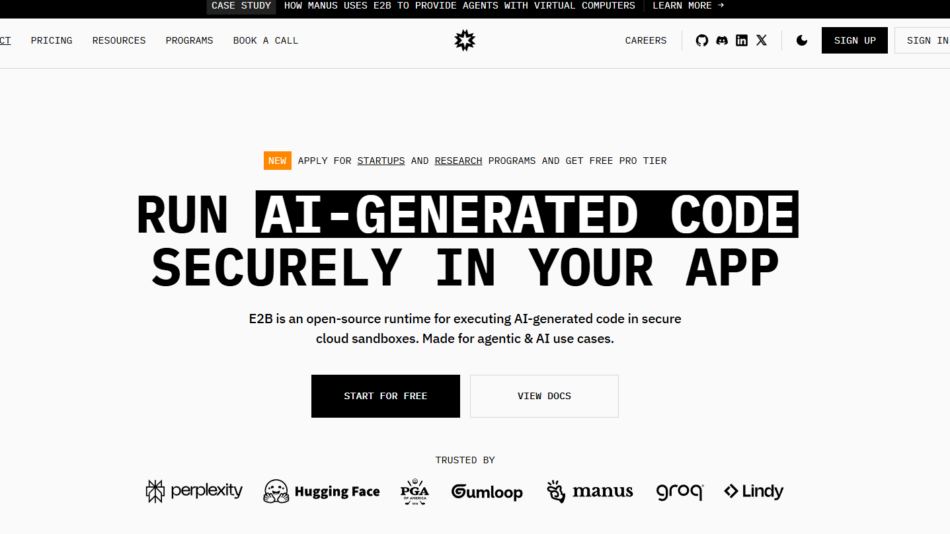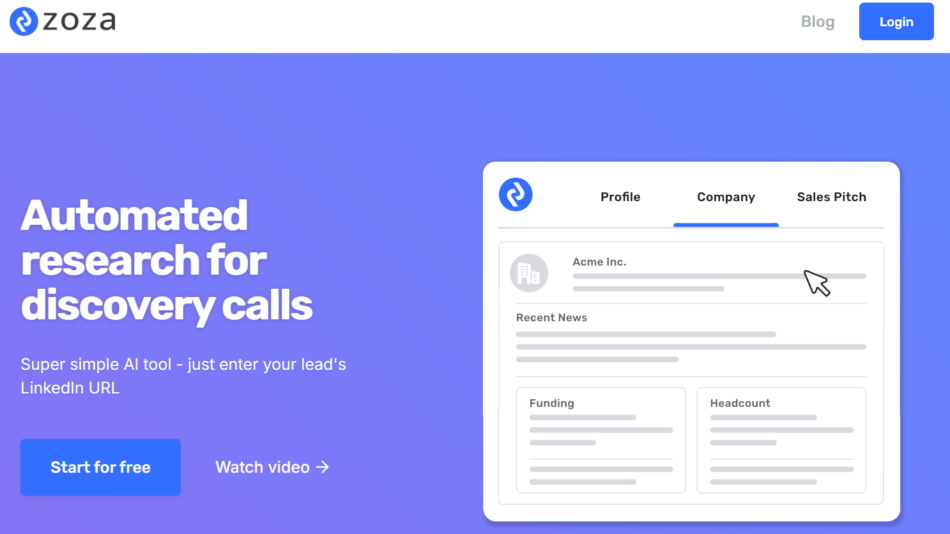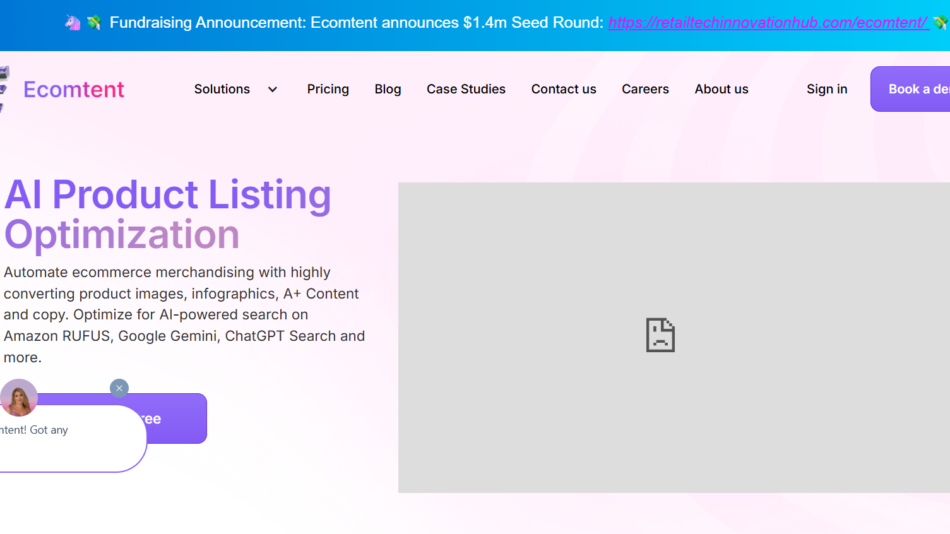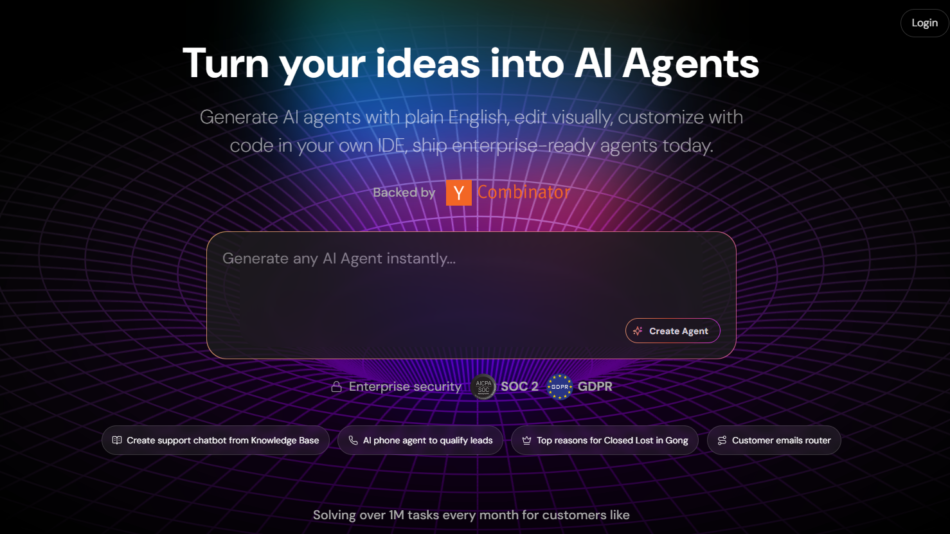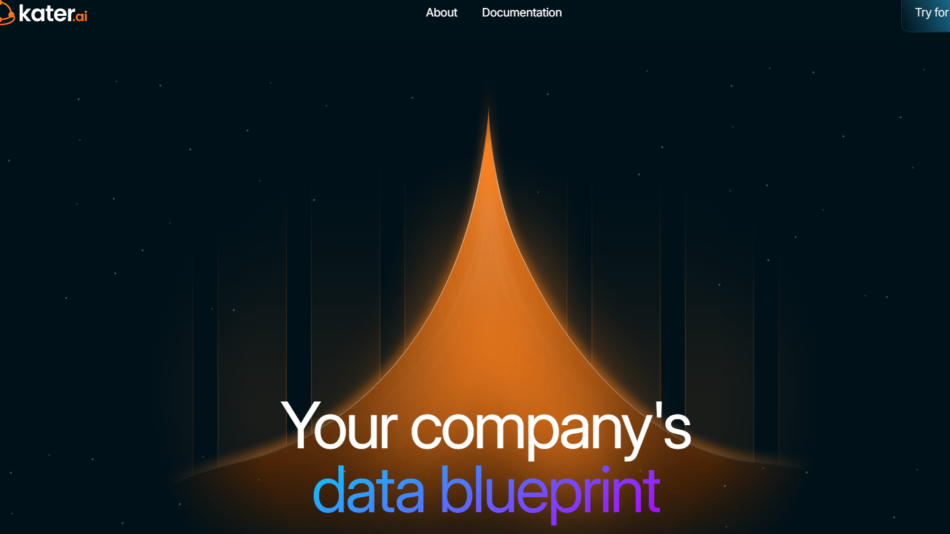Flex AI is a next-generation voice AI platform that enables businesses to create and deploy conversational agents capable of handling customer calls, automating tasks, and streamlining voice-based workflows. Built for industries such as healthcare, logistics, field services, and retail, Flex AI empowers organizations to enhance their operations through natural voice conversations with AI.
Unlike traditional IVR systems, Flex AI’s voice agents are intelligent, multilingual, and context-aware. They are capable of holding natural, dynamic conversations with customers or team members and completing tasks without human intervention. From appointment scheduling and service dispatch to customer follow-ups and form completion, Flex AI modernizes voice communication through advanced AI.
With deep integrations and robust analytics, Flex AI is designed for companies that want to combine the reach of voice with the efficiency of automation.
Features
Flex AI offers a suite of powerful features that differentiate it from standard voice bots and virtual assistants.
The platform enables the creation of AI-powered voice agents that can answer calls, understand spoken language, and complete tasks such as booking, routing, confirming, and notifying users. These agents are fully conversational and operate 24/7, reducing the need for live agents.
Flex AI supports multi-language conversations, allowing businesses to deploy agents that speak and understand multiple languages depending on customer preferences. This is especially useful for companies with diverse, multilingual customer bases.
A key component of the platform is workflow integration. Voice agents can connect with CRMs, ERPs, scheduling systems, and other business applications to execute real-world tasks like creating appointments, updating records, or retrieving account information.
The no-code agent builder lets users design custom call flows using a drag-and-drop interface. Businesses can map out conversations, define intent triggers, and build intelligent paths without needing programming knowledge.
Flex AI’s voice AI engine includes advanced features such as contextual memory, sentiment detection, and real-time transcription. This allows agents to respond naturally and adjust tone or direction based on user input.
Built-in analytics and reporting dashboards provide insights into agent performance, customer engagement, and call outcomes. These insights help improve automation flows and agent effectiveness over time.
The platform also provides real-time human fallback, where calls can be escalated to a live agent if necessary. This ensures that customers always have a resolution path, even in complex situations.
How It Works
Flex AI works by allowing businesses to deploy intelligent voice agents that can interact with users over phone calls or voice interfaces. The setup process is designed to be intuitive and fast.
Businesses start by designing the agent through the no-code builder. They define intents (goals or queries), set up responses, and integrate backend systems that the agent will interact with. Common workflows include appointment setting, form completion, dispatch notifications, or customer check-ins.
Once the voice agent is built, it can be deployed over existing phone numbers or integrated with cloud-based telephony systems like Twilio or SIP. The agent answers calls and speaks to users in a natural, human-like voice, powered by advanced speech recognition and natural language understanding.
As the agent collects information or performs tasks, it interacts with backend business systems via APIs or webhooks. For example, it might confirm a doctor’s appointment by querying a scheduling system or submit a work order into a CRM.
Flex AI provides real-time transcription and call monitoring so businesses can track agent interactions. The system also logs analytics, such as call duration, intent completion rates, and fallback rates, which help refine agent behavior and optimize processes.
Use Cases
Flex AI supports a wide range of industry-specific and cross-industry use cases.
In healthcare, voice agents are used to handle appointment reminders, prescription refills, and patient check-ins. Patients can speak to the AI agent just like a receptionist, and the agent will confirm appointments or answer basic questions.
In logistics and field services, Flex AI automates scheduling, dispatch coordination, and driver updates. The agent can call technicians or drivers to confirm task completion or relay real-time route information.
Retail businesses use Flex AI to manage customer support inquiries, confirm order status, or conduct post-purchase surveys. These interactions are completed faster and more consistently than manual calls.
For service-based businesses like salons, dental offices, or auto repair shops, the platform streamlines booking by answering incoming calls and placing appointments directly into the calendar system.
In the HR and recruiting space, Flex AI can screen candidates with voice-based interviews, gather availability for interviews, and automate follow-up communications.
The platform is also used for outbound campaigns, such as reminding customers about upcoming events, collecting feedback, or running satisfaction surveys—all without involving human agents.
Pricing
Flex AI does not publish fixed pricing plans on its public website. Instead, the company offers customized pricing based on the number of agents, call volume, features required, and the level of integration.
Businesses are encouraged to request a demo or consultation to receive tailored pricing aligned with their specific needs and use cases. This approach ensures flexibility for startups, mid-sized companies, and enterprises.
To explore pricing options and book a personalized demo, visit https://www.flex.ai/contact.
Strengths
Flex AI stands out for its conversational natural language voice interface, which provides a significantly more human-like experience compared to traditional IVR systems. Its ability to understand context and respond fluidly reduces caller frustration and improves customer satisfaction.
The platform’s no-code builder makes it accessible for business users and operations teams to create and update agents without needing to involve engineering.
Its seamless backend integrations enable agents to perform real tasks—not just route calls—making them far more useful than simple virtual assistants.
Multilingual support and 24/7 availability allow businesses to scale customer engagement across regions and time zones without hiring additional staff.
Real-time transcription, analytics, and reporting give teams the visibility they need to monitor performance and continuously improve voice workflows.
Flex AI is also designed with enterprise security and compliance in mind, making it suitable for regulated industries such as healthcare and finance.
Drawbacks
While Flex AI offers powerful capabilities, its focus on voice-based automation may not appeal to companies looking for broader omnichannel AI solutions that include chat, email, or social messaging in a single platform.
Since pricing is not publicly available, teams may need to schedule a call before evaluating the platform’s affordability or fit.
Custom integrations may require technical assistance if backend systems are not supported out-of-the-box, which could add setup time and cost.
As a relatively new player in the voice AI space, Flex AI may not yet offer as many third-party templates or community resources compared to larger platforms with mature ecosystems.
Comparison with Other Tools
Flex AI differs from legacy IVR systems by using advanced natural language processing and contextual memory to support dynamic conversations. Traditional systems rely on rigid menu trees, while Flex AI adapts in real time to what the caller says.
Compared to virtual assistant platforms like Google Dialogflow or Amazon Lex, Flex AI is more focused on voice-first, task-completing agents, especially for business phone systems and service calls.
Unlike general-purpose customer engagement platforms, Flex AI zeroes in on voice automation with deep workflow execution, making it ideal for companies that depend on phone-based operations.
When compared to AI scheduling bots or call center automation tools, Flex AI offers a more complete and flexible solution with natural conversations, backend integrations, and real-time analytics in one platform.
Customer Reviews and Testimonials
Flex AI features a number of use cases and success stories across its site, although it does not currently show public reviews on platforms like G2 or Capterra.
Client feedback highlighted on the site emphasizes faster response times, cost savings through automation, and improved customer satisfaction. Some businesses report a significant reduction in missed calls and quicker turnaround on operational tasks.
Users also mention that the platform’s natural language capabilities and ease of deployment were key factors in adoption. The ability to configure agents without writing code has allowed both technical and non-technical users to manage the system effectively.
As Flex AI expands, more customer reviews and case studies are likely to become available on independent software review platforms.
Conclusion
Flex AI is an advanced voice AI platform that empowers businesses to automate conversations and voice-based workflows using intelligent, task-oriented agents. With its natural language capabilities, real-time task execution, and seamless integration into business systems, Flex AI enables teams to modernize customer service and internal operations.
Whether it’s scheduling, dispatching, or customer engagement, Flex AI turns voice into a strategic channel for automation. For organizations seeking to reduce manual workload, increase call coverage, and improve service speed, Flex AI offers a scalable, AI-driven solution tailored to the modern voice-first world.


